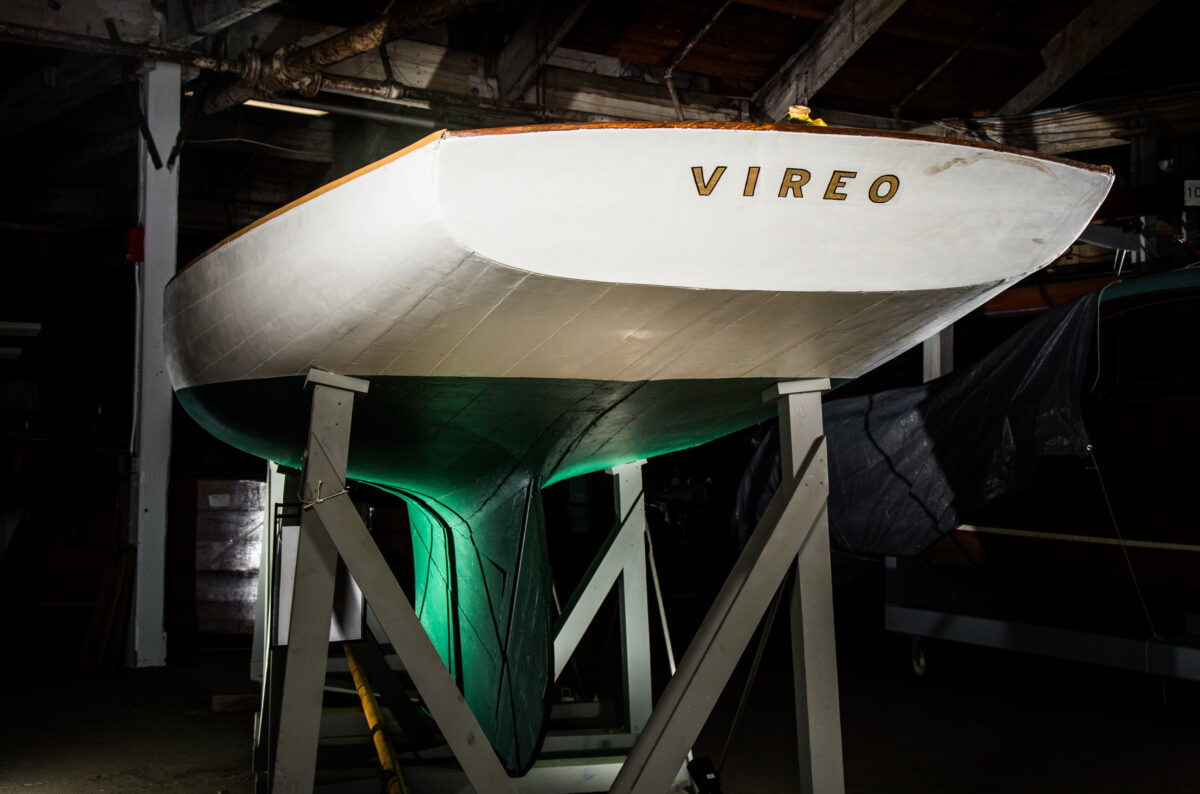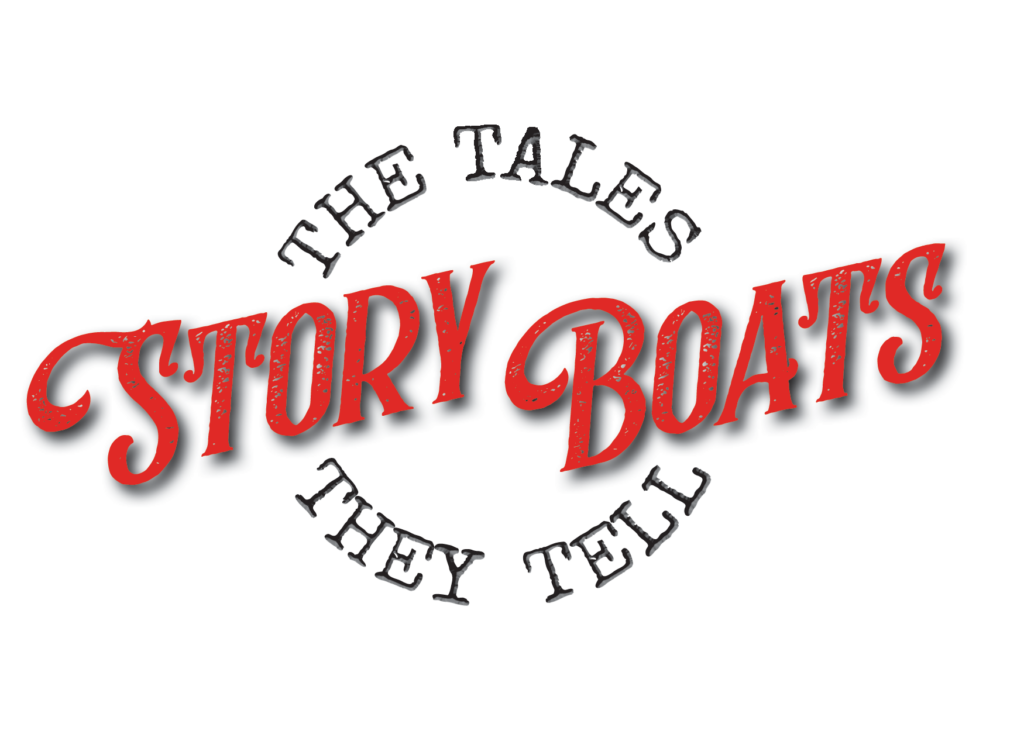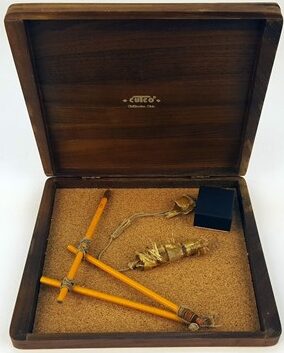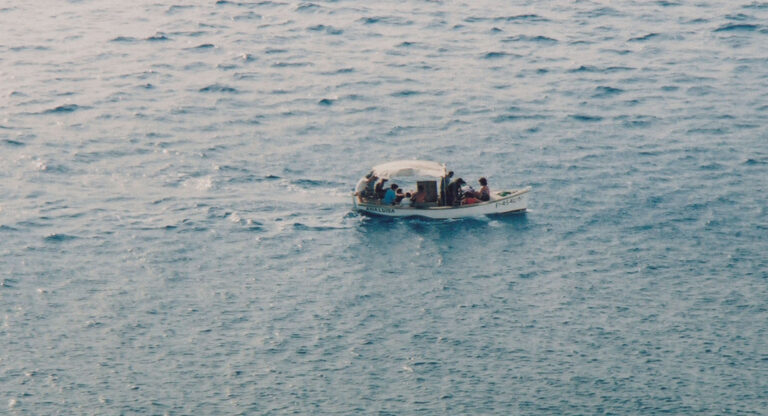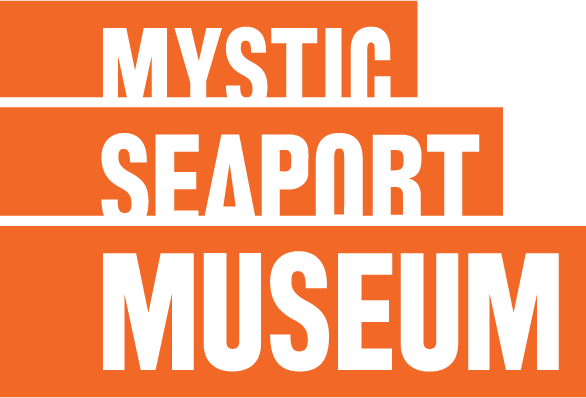DEEPSEA CHALLENGER
EXHIBITION HAS CLOSED
DEEPSEA CHALLENGER is a submersible science platform built by explorer and filmmaker James Cameron to journey to the Challenger Deep, the deepest known point in any ocean at over 6.5 miles down and located in the western Pacific Ocean’s Mariana Trench. The Challenger Deep is named for the research ship that first discovered the point in 1875, the HMS Challenger, using miles of rope to take depth soundings. In 1960, the first crewed mission reached the bottom in a submersible called Trieste. The two passengers, Swiss oceanographer Jacques Piccard and U.S. Navy Lieutenant Don Walsh, saw living creatures at depths where it was previously thought nothing could survive. On March 26, 2012, Cameron was the first solo pilot to reach the bottom. He then spent three hours exploring the sea floor, collecting samples, and imaging in 3-D.
To reach the Challenger Deep, Cameron needed a craft unlike any other—a “moon lander” for a place less understood, more forbidding, and perhaps less forgiving than the farthest reaches of space. So Cameron, who co-designed and co-engineered the vessel, assembled a team of what he called “dedicated, like-minded, brilliant misfits to build the sub and support the expedition.” The DEEPSEA CHALLENGER is displayed sideways on the Village Green, but it operates vertically in the water. James Cameron describes it as a vertical “Kawasaki-racing-green torpedo aimed at the center of the Earth.” It is made of a high-tech foam designed to withstand the incredible water pressure at these depths. It is powered by 70 bread-loaf-size battery packs inside oil-filled plastic boxes mounted to its sides. The sub uses horizontal propellers to move back and forth and vertical propellers to move up and down. It is equipped with hydraulic arms and scientific equipment as well as bright lights, the only way to see in the pitch-black deep ocean. Heavy weights allow it to sink through the water. When ready to ascend, the weights are dropped, causing it to move rapidly to the surface.
DEEPSEA CHALLENGER is on loan from the Woods Hole Oceanographic Institution (WHOI), Woods Hole, Massachusetts, USA. James Cameron generously donated the vehicle to WHOI in 2013.
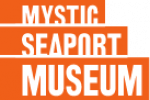
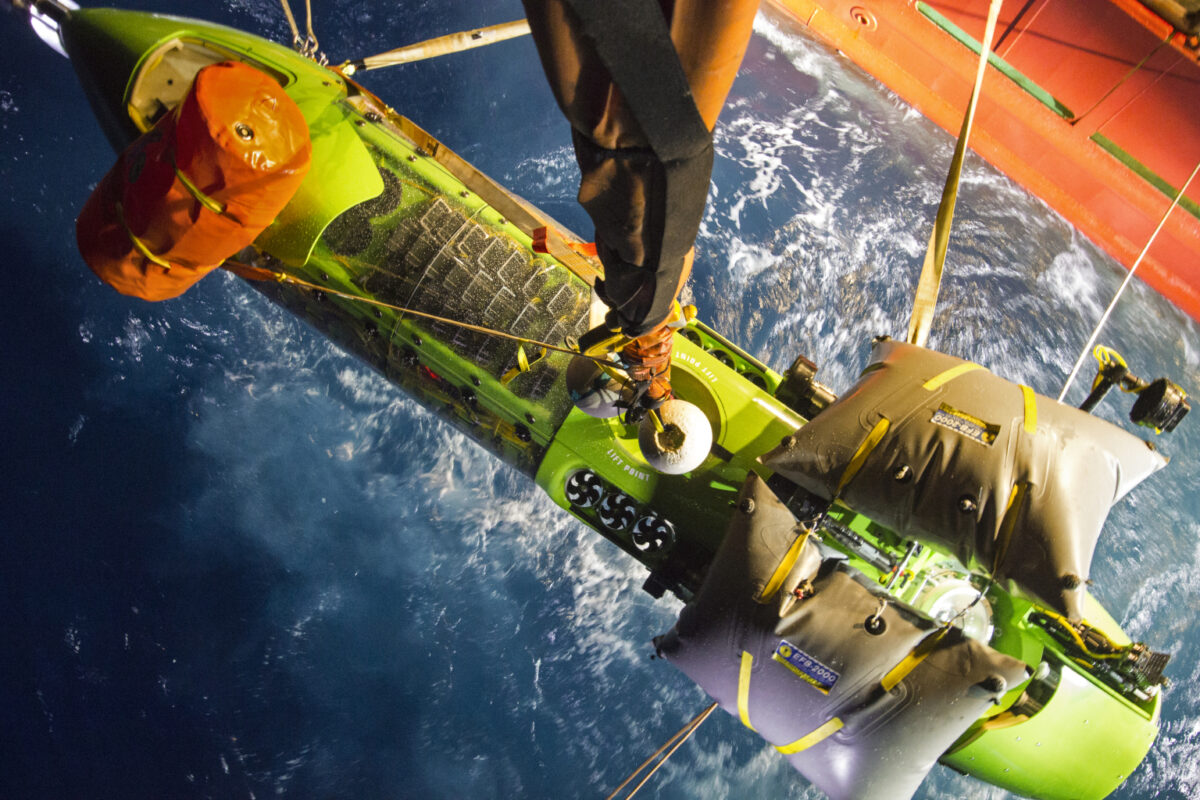


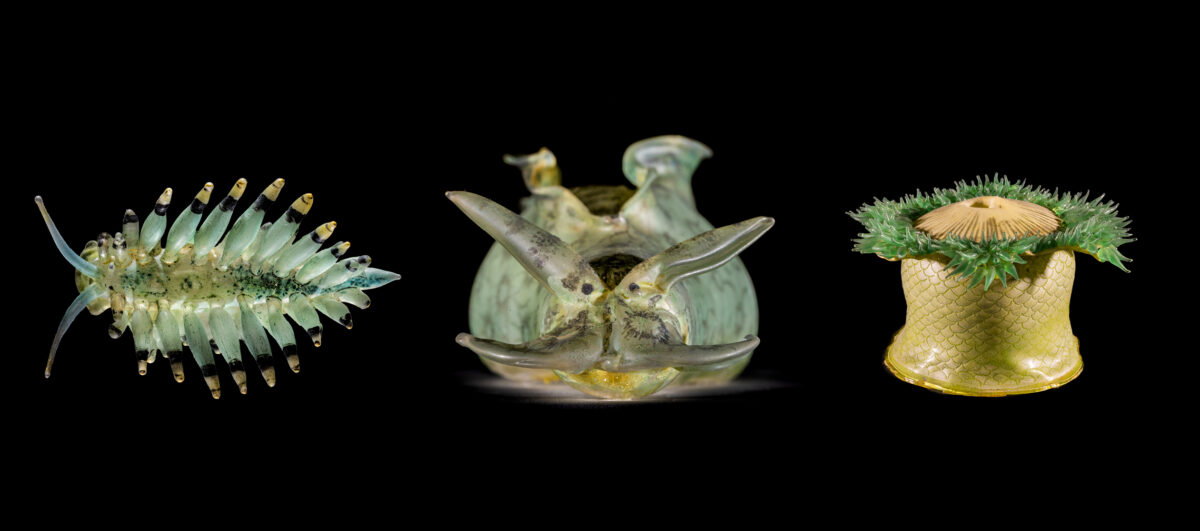
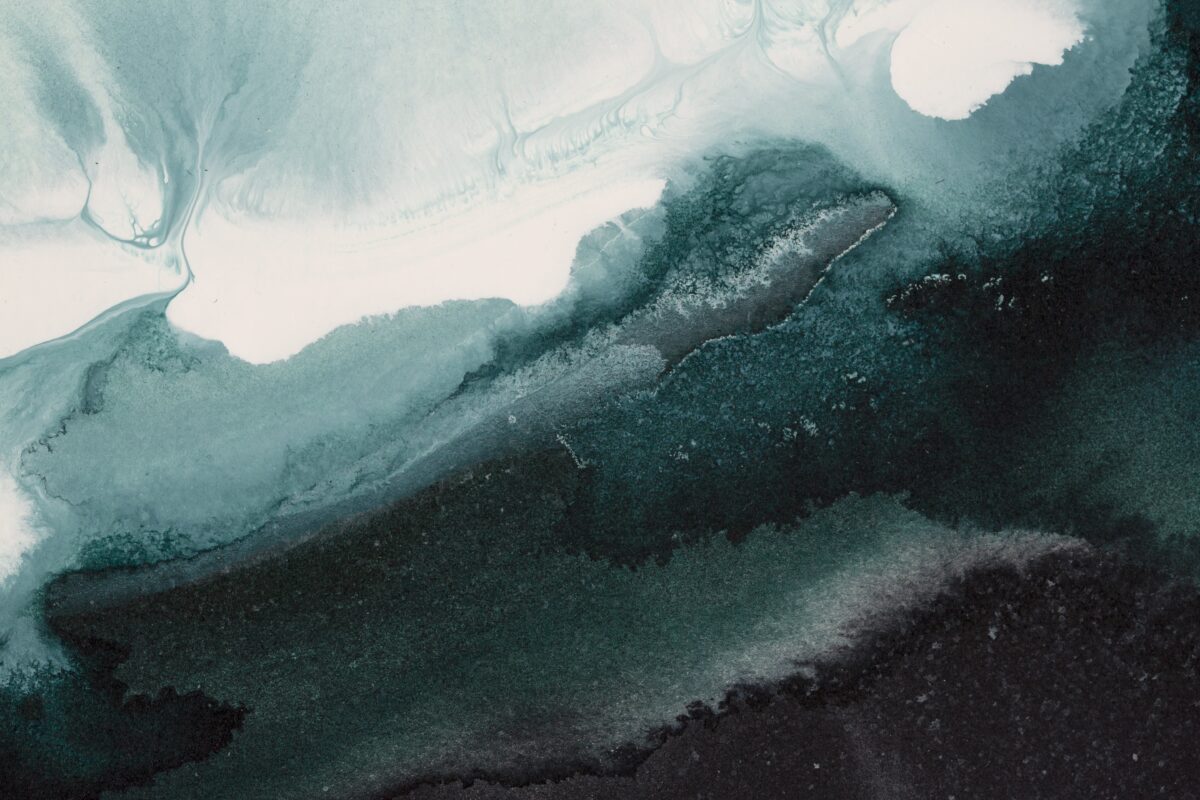

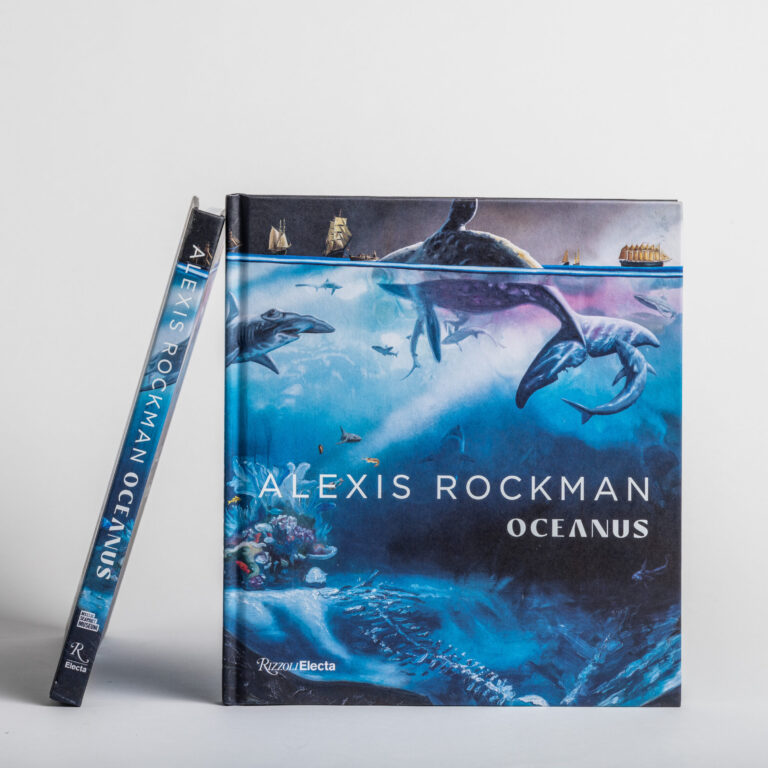
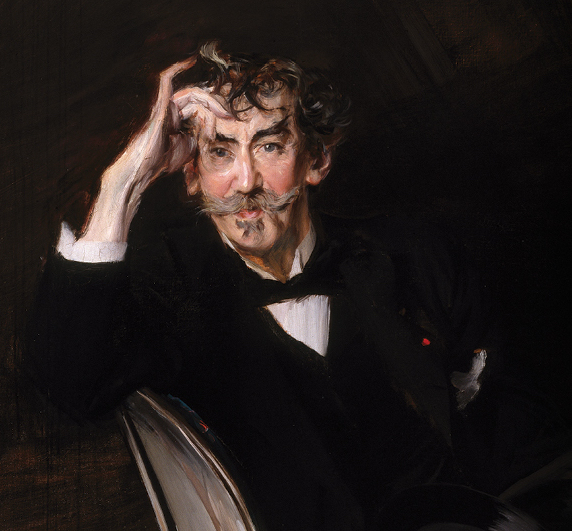
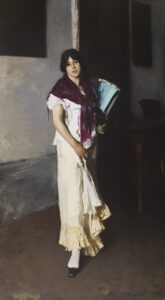

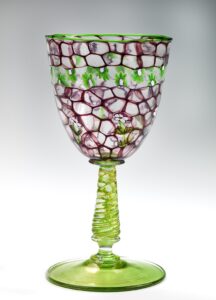

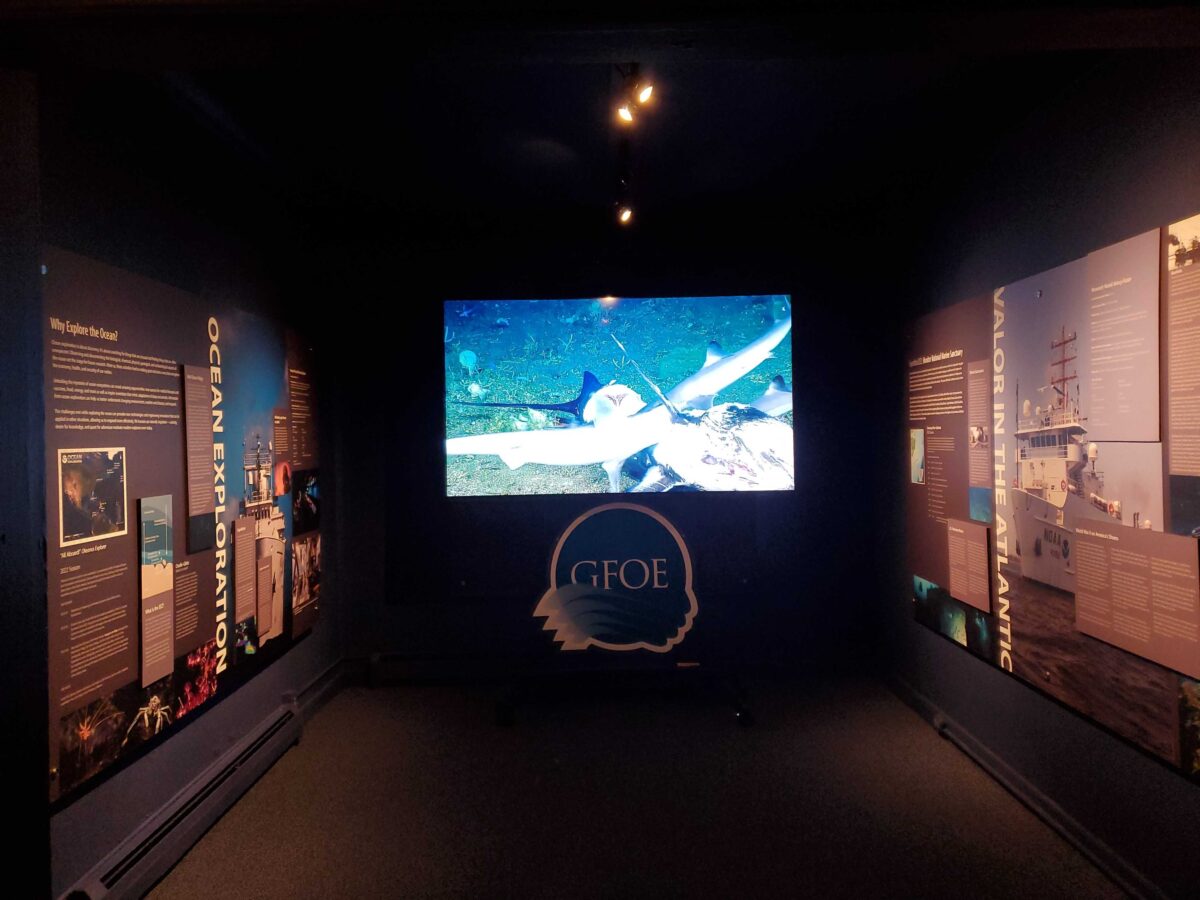
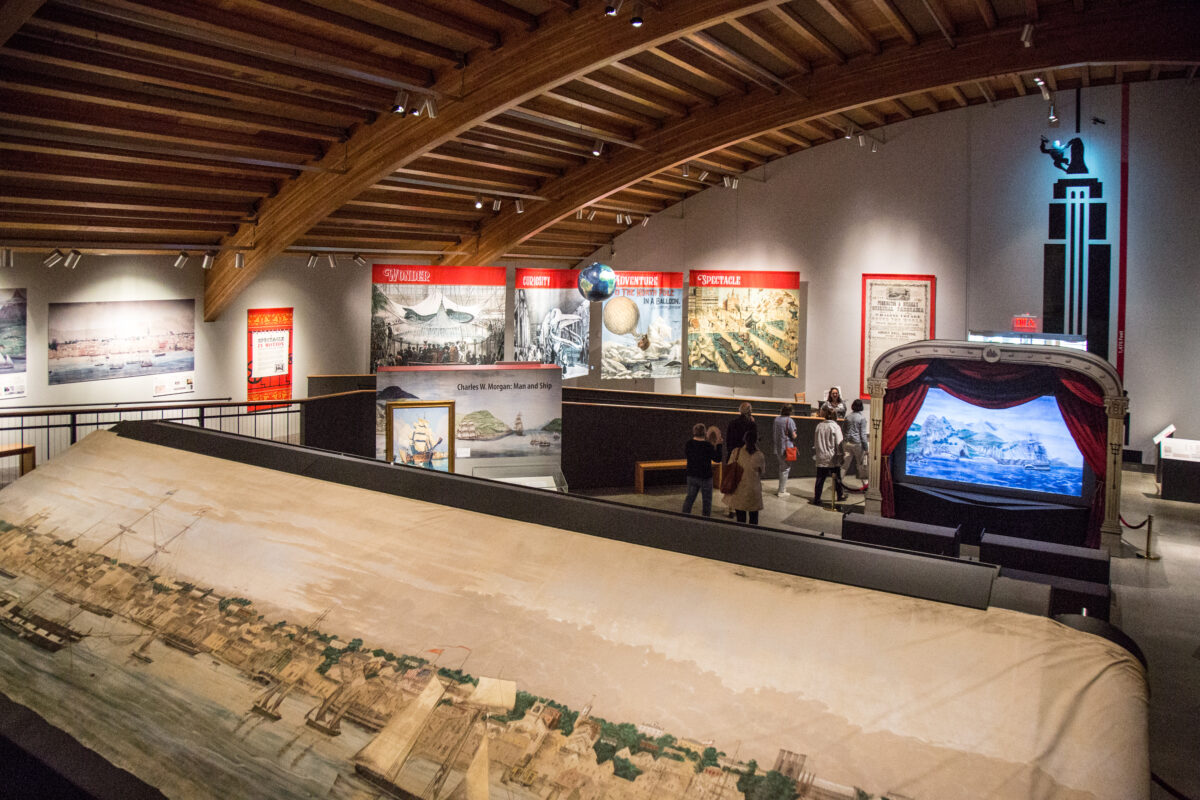
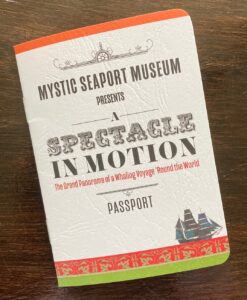
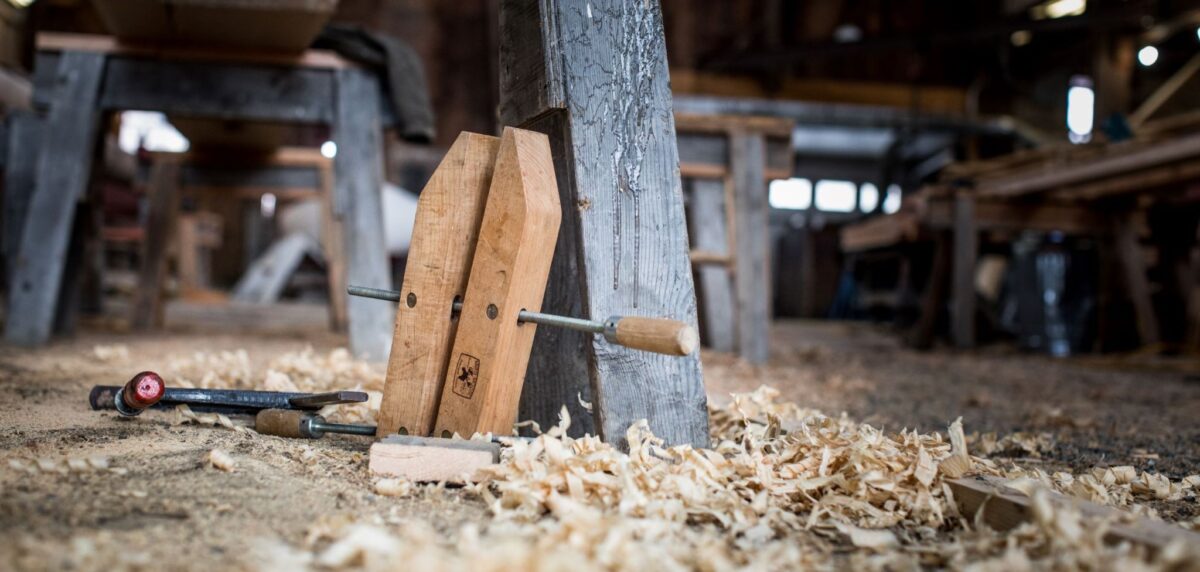
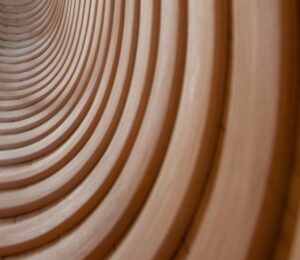 At the core of the exhibition is a boat-restoration and boat-building demonstration staffed by the Museum’s shipwrights. At times, their work in the Henry B. duPont Preservation Shipyard, at the other end of campus, can be hidden from public view or can only be observed at a distance. For this exhibition, the shipwrights take center stage and are carrying out different projects over the course of the show. The first is a restoration of Afterglow, the tender to the Museum’s schooner Brilliant. Little to no power tools will be used; the focus will be on work using hand tools.
At the core of the exhibition is a boat-restoration and boat-building demonstration staffed by the Museum’s shipwrights. At times, their work in the Henry B. duPont Preservation Shipyard, at the other end of campus, can be hidden from public view or can only be observed at a distance. For this exhibition, the shipwrights take center stage and are carrying out different projects over the course of the show. The first is a restoration of Afterglow, the tender to the Museum’s schooner Brilliant. Little to no power tools will be used; the focus will be on work using hand tools.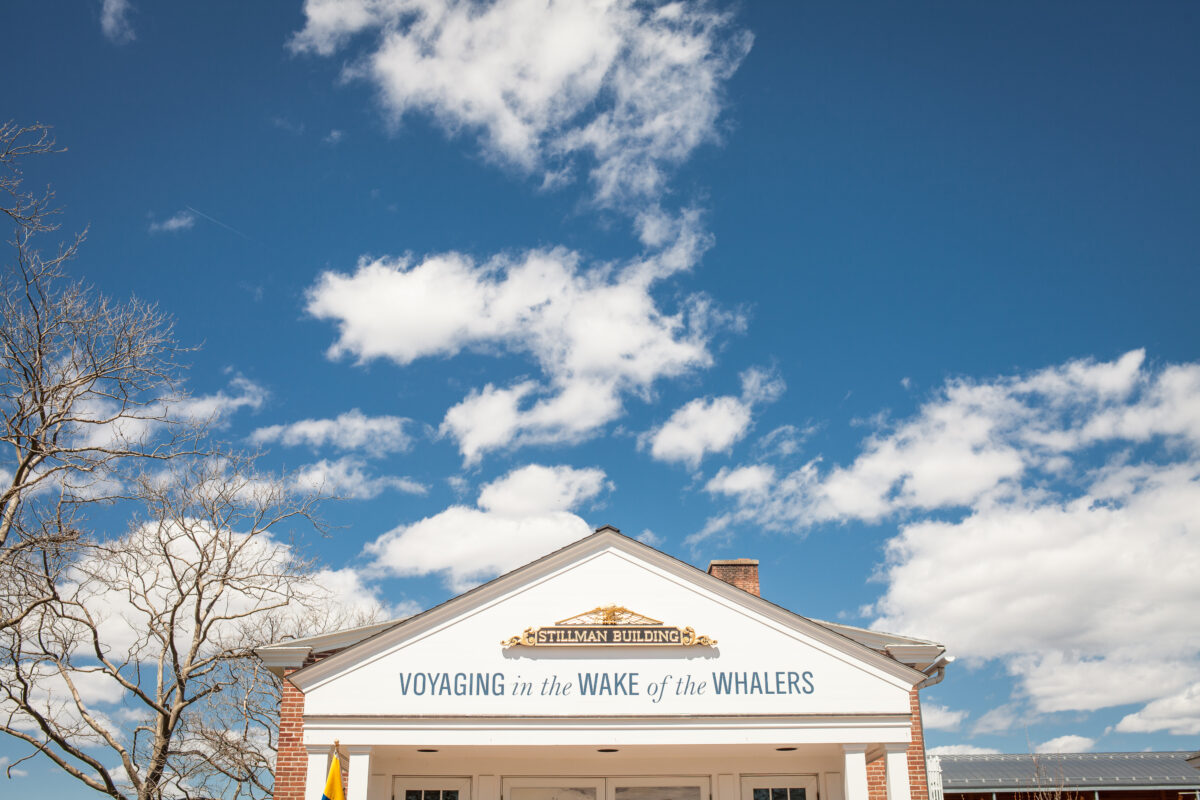
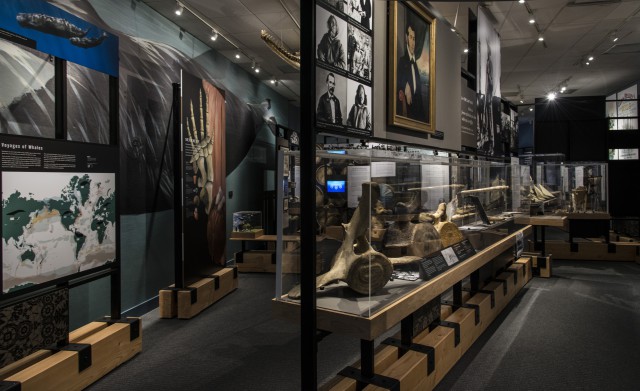
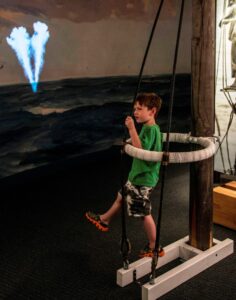 Touch-activated “Dive Deeper” information stations, featuring videos, timelines, digital maps, and games, allow visitors to further explore the study of whales and the whaling industry. Visitors can also search a database for crew members that sailed aboard the whaleship Charles W. Morgan and learn more about the vessel’s recent restoration.
Touch-activated “Dive Deeper” information stations, featuring videos, timelines, digital maps, and games, allow visitors to further explore the study of whales and the whaling industry. Visitors can also search a database for crew members that sailed aboard the whaleship Charles W. Morgan and learn more about the vessel’s recent restoration.





